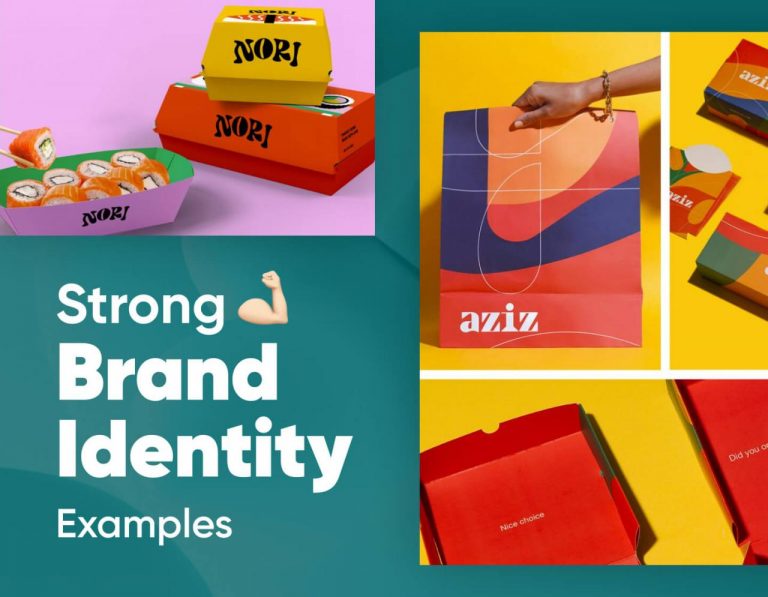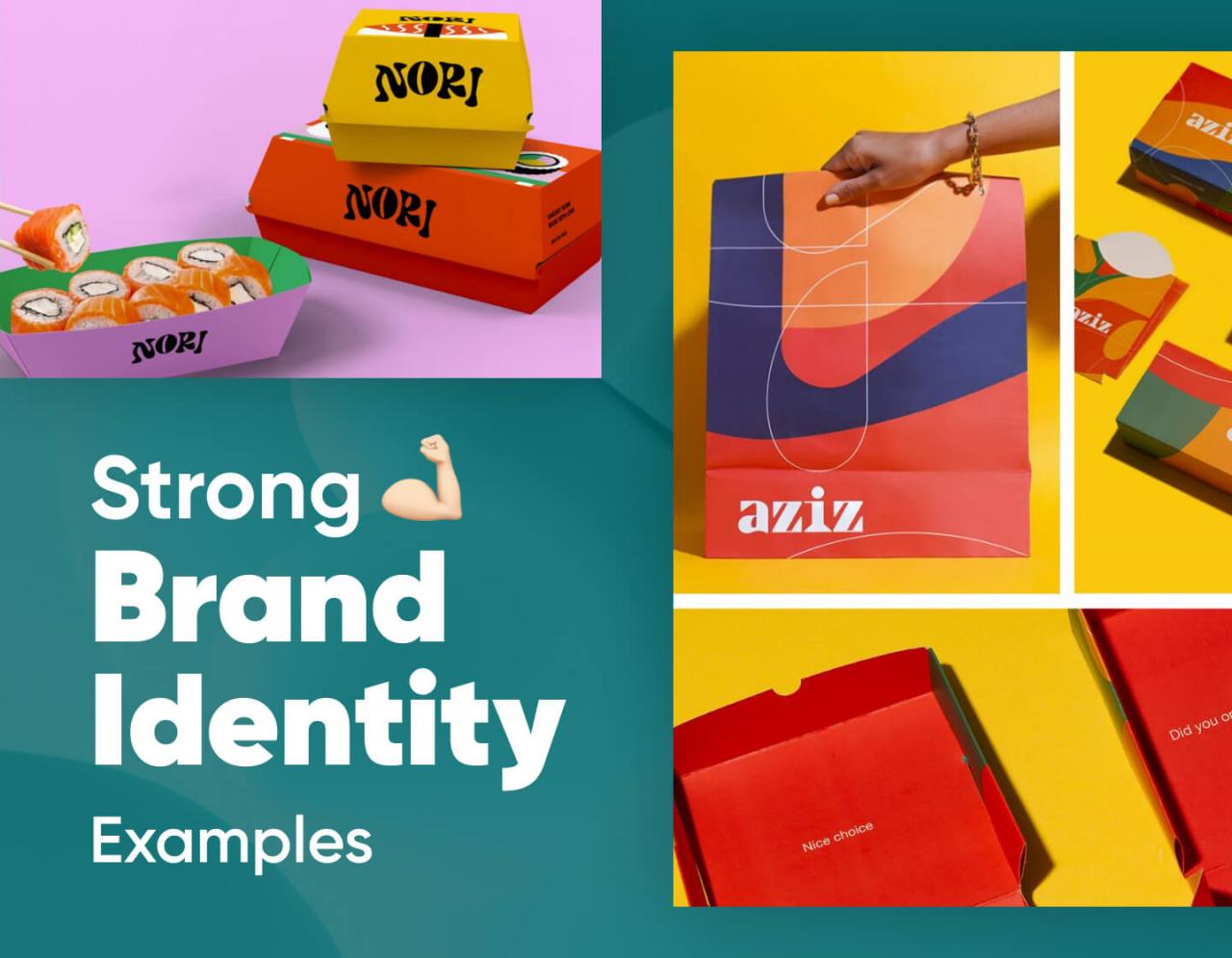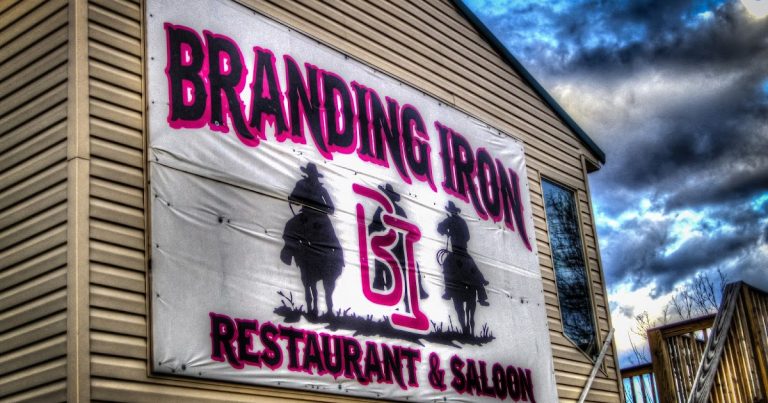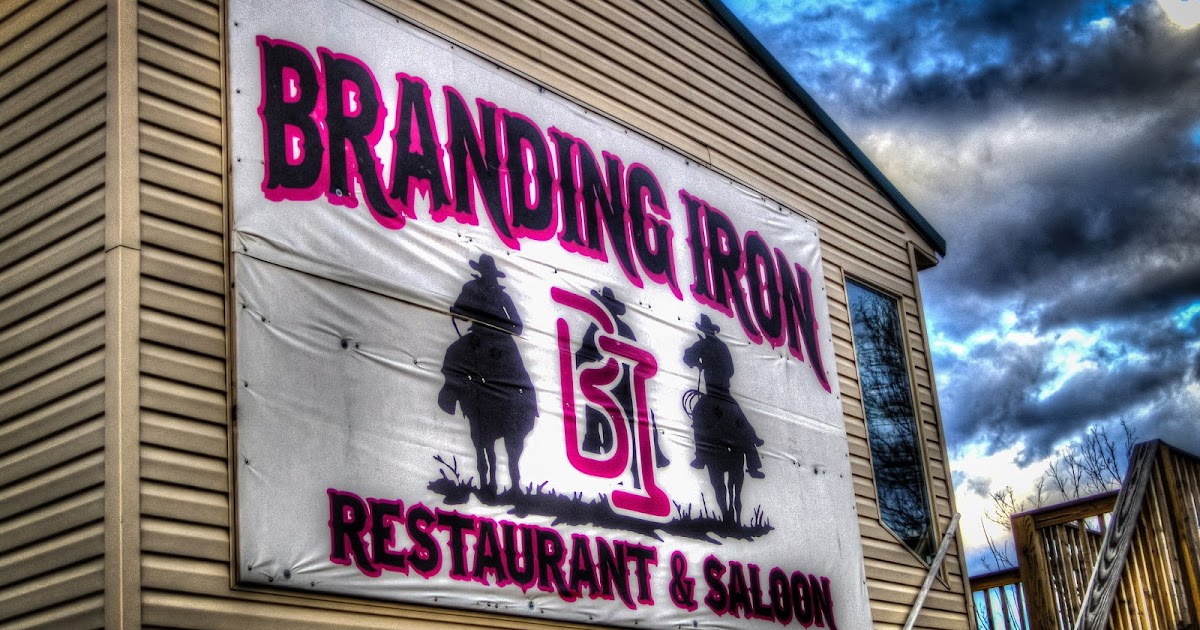Branding iron iowa sets the stage for this enthralling narrative, offering readers a glimpse into a story that is rich in detail and brimming with originality from the outset.
In Iowa, branding irons are not just tools; they symbolize the heart of the agricultural community, carrying a heritage that has evolved over generations. From their historical roots to modern-day applications, branding irons play a vital role in livestock identification, cultural expression, and even local business establishments. This exploration reveals the significance of branding irons in both the past and present of Iowa’s farming landscape.
Understanding Branding Iron Iowa
Branding irons have played a vital role in the agricultural landscape of Iowa, serving as symbols of ownership and identity for livestock farmers. The unique designs and craftsmanship of these tools not only facilitate animal identification but also reflect the rich heritage and traditions of farming in the state. As a significant piece of agricultural equipment, branding irons contribute to the historical narrative of Iowa’s farming communities.The development of branding irons in Iowa traces back to the early days of cattle ranching, which began in the 19th century.
Initially, these tools were simple metal rods, often handcrafted by local blacksmiths. Over the years, advancements in metallurgy and manufacturing allowed for more intricate designs, improving both functionality and craftsmanship. Branding practices became widespread as livestock ownership grew, leading to the establishment of numerous brands that represent family farms and ranches across the state. The evolution of branding irons is closely linked to Iowa’s agricultural progress and the diversification of its farming practices.
Key Manufacturers of Branding Irons in Iowa
Iowa is home to several notable manufacturers that have made significant contributions to the branding iron industry. These companies have played an essential role in preserving the tradition of ranching while adapting to modern agricultural needs. Many of these manufacturers provide customized branding solutions, allowing farmers to create unique identifiers for their livestock.
- Iowa Branding Iron Co.: This company stands out for its focus on quality craftsmanship and durability. They offer a range of branding irons, including electric and traditional options, catering to both small and large-scale farms.
- Midwest Branding Irons: Known for their innovative designs, Midwest Branding Irons specializes in personalized branding tools that reflect the individuality of Iowa’s farmers. Their brands often incorporate local symbols and motifs.
- Smith’s Custom Branding: A family-owned business that has served the agricultural community for decades, Smith’s Custom Branding prides itself on its attention to detail and customer service. They provide both branding irons and additional livestock identification products.
These manufacturers not only supply the necessary tools for branding but also engage with the farming community through events and educational workshops. Their ongoing commitment to quality and tradition ensures that the practice of branding remains a vibrant part of Iowa’s agricultural identity.
“Branding irons are more than tools; they are a heritage, a mark of pride for generations of Iowa farmers.”
Types of Branding Irons
Branding irons are essential tools for livestock owners and artisans alike, serving both practical and artistic purposes. In Iowa, where agriculture plays a significant role in the economy, branding irons are widely used for marking livestock, creating unique branding for local businesses, and even adding a personal touch to home décor. Understanding the different types of branding irons available can help users choose the right one for their specific needs.
Types of Branding Irons Used in Iowa
There are several types of branding irons that cater to various applications, each designed to meet different requirements. The diversity in branding irons can be attributed to factors such as the material being branded, the desired permanence of the mark, and artistic expression. Here are the main types of branding irons commonly found in Iowa:
- Hot Branding Irons: These are heated and applied directly to the skin of livestock to create a permanent mark. They are typically made from steel and can be customized with specific designs.
- Cold Branding Irons: Instead of heat, these irons use a freezing process to create a mark. Cold branding is less painful for animals and is often used for branding horses and cattle.
- Electric Branding Irons: These modern devices provide a consistent heat source, allowing for better control over the branding process. They can be used for both livestock and crafting applications.
- Custom Branding Irons: Many artisans and businesses in Iowa create unique designs tailored to their branding needs, which can include logos, initials, or specific symbols that represent their identity.
Processes Involved in Making Custom Branding Irons
Creating a custom branding iron involves a series of precise steps to ensure the final product meets the user’s specifications. These processes typically include:
- Design Creation: The first step is to create a design that can be transferred to the branding iron. This often involves graphic design software to visualize the desired logo or symbol.
- Material Selection: Choosing the appropriate material is crucial. Steel is commonly used for its durability and heat retention, while other materials may be selected based on specific needs.
- Manufacturing: Using methods such as forging or CNC machining, the design is etched or shaped into the branding iron. This step requires skilled craftsmanship to ensure high-quality output.
- Finishing: After the branding iron is formed, it undergoes a finishing process that may include polishing and heat treatment to enhance durability and performance.
Unique Branding Iron Designs Specific to Iowa
Iowa’s cultural and agricultural heritage is reflected in the unique designs of branding irons used by its residents. Some examples include:
- Farm-Themed Designs: Many Iowa farmers customize branding irons with images of crops such as corn or soybeans, symbolizing the state’s agricultural roots.
- State Symbols: Some branding irons feature the Iowa state Artikel, incorporating elements like the state flag or the state flower, the Wild Prairie Rose.
- Personalized Family Brands: Families often create their own branding designs that incorporate their last name or initials, enhancing their personal connection to their livestock.
- Artistic Renderings: Local artisans may produce branding irons that showcase intricate designs, such as wildlife or abstract patterns, merging functionality with artistry.
“Branding is not just a mark; it’s an identity that connects us to our heritage and our land.”
The Role of Branding Irons in Iowa’s Livestock Industry
Branding irons are a cornerstone of Iowa’s livestock industry, serving as vital tools for the identification and management of cattle and other livestock. In a state where agriculture forms the backbone of the economy, understanding the role of branding in livestock operations helps illustrate its significance in maintaining ownership, preventing theft, and ensuring the overall health of the animal population.Branding irons are essential for livestock identification in Iowa.
They provide a permanent mark that helps farmers and ranchers easily recognize their animals, especially in vast pastures where herds may intermingle. The process of branding allows for quick identification of ownership, which is crucial in a state with a high density of livestock operations. Additionally, branding serves as a deterrent against theft and misidentification, protecting farmers’ investments.
Legal Regulations Surrounding Branding in Iowa
In Iowa, branding livestock is regulated to ensure ethical practices and animal welfare. Farmers must comply with specific guidelines regarding the use of brands. The Iowa Department of Agriculture oversees these regulations, which include:
- Registration of Brands: Livestock owners must register their branding designs with the state to avoid duplication and confusion. This registration helps maintain a comprehensive record of brands used within the state.
- Brand Placement: Laws dictate where a brand can be applied on the animal, ensuring visibility and humane treatment. Proper brand placement minimizes discomfort to the animal, aligning with animal welfare standards.
- Use of Heat or Freeze Branding: The methods of branding—whether heat branding or freeze branding—are guided by regulations to ensure they are performed safely and effectively, minimizing pain for the livestock.
Non-compliance with these regulations can lead to penalties, emphasizing the importance of adhering to legal standards while branding livestock.
Case Studies of Successful Livestock Businesses Utilizing Branding Irons
Numerous livestock businesses in Iowa have successfully integrated branding into their operations, showcasing the effectiveness of this practice. One notable example is the Williams Family Farm, which raises high-quality Angus cattle. By implementing a unique branding system, the farm not only facilitates easy identification during cattle shows but also enhances traceability for their beef products. Their commitment to branding has led to increased customer trust and loyalty, as buyers appreciate the transparency in sourcing.Another example is the Johnson Ranch, which specializes in sheep.
The ranch uses both traditional branding and modern RFID technology to improve livestock management. By branding their sheep, they reduce the chances of loss during grazing and can monitor herd health more efficiently. Their innovative approach has resulted in higher productivity and profitability, demonstrating the effectiveness of branding in modern livestock operations.These case studies highlight how branding irons are not just tools for identification; they are integral to successful livestock management and business growth in Iowa.
Cultural Significance of Branding Irons in Iowa
Branding irons hold a unique place in the cultural heritage of Iowa, representing not just a tool for identification in livestock management, but also a symbol of the state’s agrarian roots and community values. These tools have transcended their practical use to become icons of tradition and craftsmanship, deeply ingrained in Iowa’s history and identity. Their significance can be seen in various aspects of local life, making them a cherished emblem of pride among Iowans.Branding irons are more than just instruments for marking livestock; they embody the cultural heritage of Iowa.
This practice dates back to the early days of ranching when settlers relied on branding to distinguish their cattle from those of others. The design of each branding iron is often unique, reflecting the personality and legacy of the family that uses it. These tools represent hard work, perseverance, and the connection to the land, serving as a reminder of Iowa’s rich agricultural heritage.
They have become a symbol of community pride, showcasing the skills passed down through generations.
Role of Branding Irons in Local Festivals and Events
Branding irons play a prominent role in various local festivals and events throughout Iowa, where they celebrate the state’s agricultural roots and the importance of livestock in the region. These festivities often include demonstrations, contests, and educational sessions, highlighting the craftsmanship involved in creating branding irons and their significance in farming culture.During events such as county fairs or livestock shows, branding demonstrations often take center stage.
Participants showcase their branding skills, and various competitions are held to determine the most skilled handlers. These gatherings provide an opportunity for younger generations to learn the traditions associated with branding and to understand its historical context. Additionally, local artisans often display their custom branding iron designs, allowing attendees to appreciate the artistic aspect of this tool. The use of branding irons in these events reinforces community bonds and nurtures the sharing of cultural narratives.
Comparison of Cultural Importance of Branding Irons in Iowa with Other States
The cultural significance of branding irons in Iowa can be compared to their importance in other agricultural states, though each region possesses its own unique narrative. In states like Texas and Montana, branding is heavily associated with cowboy culture and the ranching lifestyle. While Iowa shares these agricultural roots, the emphasis on branding irons also intertwines with the state’s history of settlement and community development.For instance, in Texas, branding is often celebrated through rodeos and western-themed festivals, emphasizing a rugged individualism and the cowboy ethos.
Conversely, in Iowa, branding irons serve as symbols of collective farming heritage, representing family lineage and communal agricultural practices. This distinction highlights how branding irons can embody local values and traditions while still being rooted in a broader agricultural culture. In summary, branding irons are a vital aspect of Iowa’s cultural identity, rooted in its agricultural practices and celebrated through local events that reinforce community ties.
They stand as a testament to the enduring legacy of farming life, reflecting both individual craftsmanship and collective heritage.
Maintenance and Care for Branding Irons
Proper maintenance and care of branding irons is essential for ensuring their longevity and effectiveness in livestock branding. Routine upkeep not only preserves the quality of the branding tool but also ensures that it functions optimally when needed. This segment provides a detailed guide on how to maintain and care for branding irons effectively.
Step-by-Step Procedure for Maintaining Branding Irons
Maintaining branding irons involves a series of straightforward steps that can help prevent damage and ensure their optimal performance. Here’s a comprehensive guide:
- Clean After Use: Immediately after branding, clean the iron with a wire brush to remove any residue or burnt hair. This prevents buildup that can affect future branding.
- Cool Down Properly: Allow the branding iron to cool completely before handling. This reduces the risk of burns and ensures safe cleaning.
- Inspect for Damage: Regularly check for cracks or wear in the branding head. Inspect the handle for stability and replace any worn parts as necessary.
- Apply Oil: Use a light machine oil or rust preventative to lubricate the iron, especially the joints and connections. This helps to prevent rust and maintains smooth operation.
- Store Correctly: Store branding irons in a dry place, preferably in a protective case or cloth, to prevent them from getting scratched or damaged.
Common Problems and Their Solutions
Understanding common issues with branding irons and their respective solutions can save time and resources. Here are frequent problems faced and how to resolve them:
Rust can significantly diminish the effectiveness and lifespan of branding irons.
- Problem: Rust Formation
Solution: Regularly oil the iron after cleaning, and store it in a moisture-free environment. - Problem: Uneven Branding
Solution: Ensure the branding iron is heated evenly before use. Also, check for any damage or deformity in the branding head. - Problem: Loose Handle
Solution: Tighten screws or replace the handle to ensure stability during use.
Maintenance Schedule for Different Types of Branding Irons
Creating a maintenance schedule tailored to the type of branding iron can help in managing care effectively. Below is a table outlining suggested maintenance frequencies based on the specific iron type:
| Branding Iron Type | Cleaning Frequency | Inspection Frequency | Oiling Frequency |
|---|---|---|---|
| Electric Branding Irons | After each use | Monthly | Every 3 months |
| Hot Branding Irons | After each use | Every 6 months | Every 2 months |
| Freeze Branding Irons | After each use | Quarterly | Every 6 months |
Future Trends in Branding Irons
As the agricultural landscape continues to evolve, so too does the technology and methodology surrounding branding irons. In Iowa, where livestock farming plays a crucial role in the economy, the future of branding is poised for significant transformation. Innovations in materials and techniques, coupled with the rise of digital solutions, are shifting how branding is approached in the industry.
Emerging Trends in Branding Iron Technology and Materials
The branding iron industry is witnessing several noteworthy advancements in technology and materials that enhance durability and effectiveness. Modern branding irons are increasingly made from high-performance materials that resist rust and wear, ensuring longevity and reliability. The introduction of electric branding irons provides a more consistent heat application, which can result in clearer and more precise brands. Additionally, manufacturers are exploring the use of sustainable materials that align with eco-friendly practices, catering to a growing demand for environmentally responsible farming.
For instance, biodegradable composites are being tested as alternatives to traditional metals, which could revolutionize the industry by reducing waste and environmental impact.
Impact of Digital Branding Solutions
Digital branding solutions are beginning to make their mark on traditional branding methods in Iowa’s livestock industry. Technologies such as RFID (Radio Frequency Identification) and QR codes are gaining traction as alternatives to physical branding. These digital solutions allow for efficient tracking and identification of livestock without the need for hot iron applications, which can be painful for animals and labor-intensive for farmers.
The integration of these technologies not only enhances the traceability of livestock but also streamlines inventory management and health monitoring. Farms that adopt these digital methods can benefit from reduced labor costs and improved overall animal welfare. The trend towards digital branding is set to redefine how farmers approach livestock identification, moving towards more humane and efficient practices.
Predictions for the Future of Branding in Agriculture
Looking ahead, the agricultural sector in Iowa is likely to embrace a hybrid approach that combines traditional branding methods with innovative technologies. As farmers seek to improve animal welfare, efficiency, and traceability, the reliance on traditional branding is expected to decrease. For example, farms may implement a combination of conventional branding for aesthetic and cultural significance while utilizing digital tracking to enhance operational efficiency.
Additionally, as consumer preferences shift towards transparency in sourcing, the demand for comprehensive livestock tracking systems will likely increase, prompting further advancements in this area.In conclusion, the future of branding in Iowa’s livestock industry is bright, characterized by a blend of tradition and innovation that fosters both operational excellence and enhanced animal welfare.
Branding Iron Businesses in Iowa

In Iowa, there are several businesses dedicated to providing high-quality branding iron services. These companies often incorporate customizations to suit the individual needs of their clients, which can range from livestock producers to small-scale artisans. As branding remains a significant aspect of both identity and authenticity in Iowa’s agricultural landscape, these businesses play a crucial role in ensuring that branding irons meet the specific demands of their users.Among the leading branding iron businesses in Iowa, the following companies stand out for their quality service, customization options, and customer satisfaction.
Prominent Branding Iron Companies in Iowa
This section Artikels notable branding iron businesses, along with the services they offer and any unique customization options available.
-
Iron Brand Co.
Established in 2005, Iron Brand Co. specializes in custom branding irons for livestock and crafts. They offer various sizes and shapes tailored to client specifications and also provide options for electric branding irons.
-
Iowa Branding Irons
Iowa Branding Irons is known for its extensive range of branding tools, including hand-held and electric irons. Custom logos and symbols can be designed, providing personalized branding solutions for agricultural businesses.
-
Custom Metal Works
This company focuses on metal fabrication and offers custom branding irons as part of their services. Clients can request personalized designs, and they specialize in both livestock and small business branding.
-
Midwest Branding Solutions
Offering a wide selection of branding products, Midwest Branding Solutions provides both hand-held and electric branding options. They emphasize customization, allowing clients to design their own branding symbols.
Comparison of Pricing and Services
To assist consumers in making informed decisions, here’s a comparison table highlighting the pricing and services across different branding iron companies in Iowa. This table aims to provide a clear overview of what each company offers, along with an idea of the budget required for various types of branding irons.
| Company Name | Service Type | Customization Options | Starting Price | Delivery Time |
|---|---|---|---|---|
| Iron Brand Co. | Hand-held, Electric | Custom logos, Text | $50 | 2 weeks |
| Iowa Branding Irons | Hand-held, Electric | Custom designs, Shapes | $45 | 3 weeks |
| Custom Metal Works | Hand-held | Personalized designs | $60 | 3-4 weeks |
| Midwest Branding Solutions | Hand-held, Electric | Custom logos, Shapes | $55 | 2 weeks |
“Quality branding irons not only ensure identification but also enhance the value of livestock in the market.”
Epilogue
In conclusion, the journey through the world of branding iron iowa highlights its essential role in Iowa’s agricultural identity and cultural heritage. As technology continues to evolve, so too does the artistry and functionality of branding irons, ensuring that they remain relevant in livestock management and beyond. Whether it’s through traditional methods or innovative advancements, branding irons will always be a part of Iowa’s legacy.
FAQ Summary
What are branding irons used for in Iowa?
Branding irons are primarily used for identifying livestock, marking ownership, and maintaining traceability in the agricultural industry.
How are custom branding irons made?
Custom branding irons are made through a process involving metal shaping, heating, and engravings based on specific designs requested by the user.
Are there any legal regulations regarding branding livestock in Iowa?
Yes, Iowa has specific laws that govern livestock branding, including registration requirements for brands to ensure proper identification.
What maintenance is required for branding irons?
Branding irons require regular cleaning, proper storage, and occasional inspections to ensure they remain in good working condition and free from rust.
Can branding irons be used for purposes other than livestock?
Yes, branding irons can also be used for marking wooden products, leather goods, and even for decorative purposes in arts and crafts.





